Ricordavo di avervi già informato di questo gioco a cui sto lavorando da un annetto, ma a quanto pare mi sbagliavo 
Allora... vi presento SkillGrid, uno sparatutto molto alternativo per Amiga 1200, Amiga 4000 e Amiga CD³². Come spesso accade per i miei giochi, a parole si fa fatica a dare una descrizione, per cui ecco qua l'ultima preview (fresca fresca di giornata):
Il gioco sarà pubblicato digitalmente e in confezione fisica: di quest'ultima si occuperà RGCD, che ha intenzione di ficcarci dentro sia i floppy per Amiga 1200/4000, che il CD per Amiga CD³²!

Allora... vi presento SkillGrid, uno sparatutto molto alternativo per Amiga 1200, Amiga 4000 e Amiga CD³². Come spesso accade per i miei giochi, a parole si fa fatica a dare una descrizione, per cui ecco qua l'ultima preview (fresca fresca di giornata):
Il gioco sarà pubblicato digitalmente e in confezione fisica: di quest'ultima si occuperà RGCD, che ha intenzione di ficcarci dentro sia i floppy per Amiga 1200/4000, che il CD per Amiga CD³²!




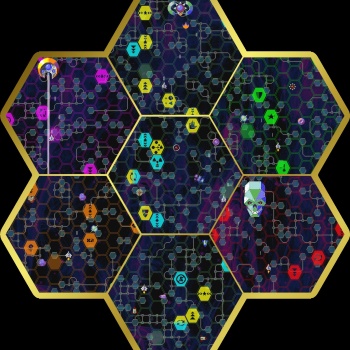


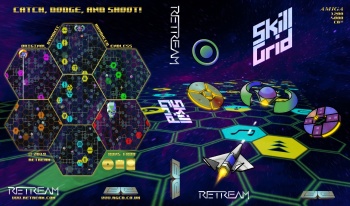

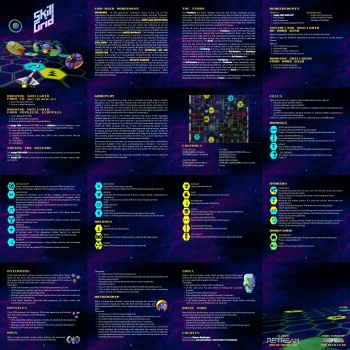
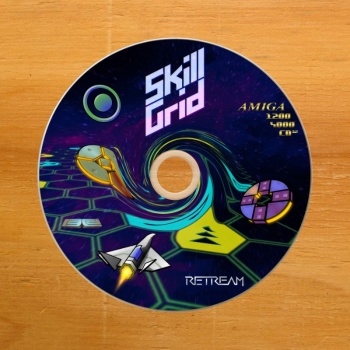
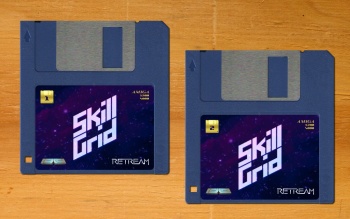
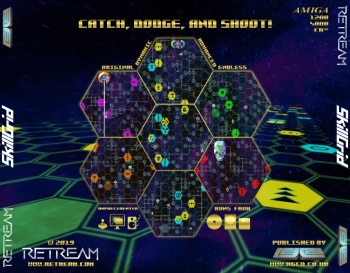
Commenta